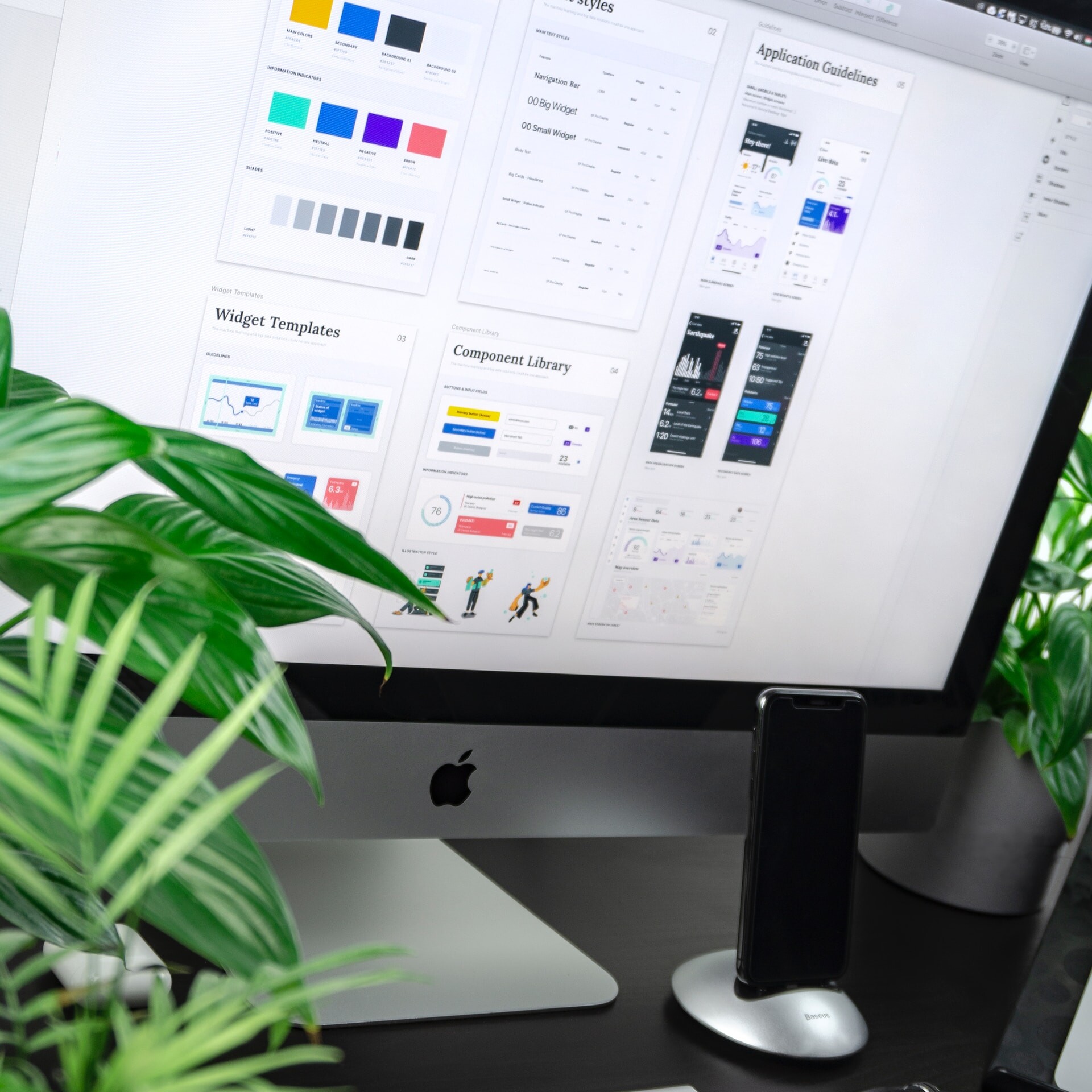Crafting Captivating and User-Friendly Interface Elements
With users spending countless hours on various devices, it is imperative that designers create seamless, user-friendly experiences that facilitate effortless interaction between users and technology. Let’s explore the essential elements of captivating interface design and offer tips for creating engaging, user-friendly interfaces that keep users coming back for more. We’ll also delve into the importance of understanding user behavior and leveraging user feedback to create interfaces that are not only visually appealing but also highly functional.
Understanding the Target Audience
The first step in creating an engaging interface is understanding the target audience. This involves conducting thorough research to identify user preferences, pain points, and expectations. By developing a clear understanding of users’ needs, designers can create interfaces that cater to their specific requirements, ultimately leading to increased user satisfaction and engagement. Additionally, understanding the target audience allows designers to make informed decisions about design elements, such as color schemes, typography, and iconography, that resonate with users and create a sense of familiarity and ease.
Simplicity and Clarity
A well-designed interface should be simple and clear, with easy-to-understand navigation and layout. Users should be able to quickly grasp the purpose of each interface element and effortlessly navigate between different sections. Designers should avoid clutter and prioritize the most essential elements, making it easy for users to find what they’re looking for. Furthermore, the use of whitespace and clean design can help draw users’ attention to the most critical elements, making the interface more approachable and efficient.
Consistency
Consistency is key when it comes to interface design. Elements such as fonts, colors, icons, and layouts should remain uniform across the interface, as this helps users build a mental model of how the interface functions. Consistency also ensures that users can quickly learn and adapt to new features or updates. Moreover, adhering to established design patterns and conventions can enhance consistency and foster a sense of familiarity and trust among users, making the interface more appealing and user-friendly.
Visual Hierarchy
An effective interface design should have a clear visual hierarchy that guides users through the interface in a logical manner. Designers should use size, color, contrast, and other visual cues to create a sense of priority and importance for different elements, making it easy for users to understand the order of actions and information. Additionally, a well-structured visual hierarchy can help reduce cognitive load, allowing users to focus on the task at hand and improving overall usability.
Feedback and Responsiveness
Providing feedback to users as they interact with the interface is crucial for creating an engaging experience. Designers should ensure that users receive immediate feedback through visual cues or auditory signals when they perform an action. This not only helps users understand the outcome of their actions but also instills confidence in the interface’s responsiveness. Furthermore, fast-loading and responsive interfaces help create a sense of fluidity and control, increasing user satisfaction and reducing the likelihood of user frustration.
Accessibility
Inclusive design is an essential aspect of creating engaging interfaces. Designers should consider the diverse needs of users, including those with visual, auditory, cognitive, or motor impairments. This includes using appropriate color contrast, providing alternative text for images, and ensuring that interactive elements are easily accessible via keyboard navigation. By making interfaces accessible to all users, designers not only promote inclusivity but also improve the overall usability and appeal of their interfaces, which can lead to increased user engagement and satisfaction.
Iterative Design and User Testing
Creating a captivating interface is an ongoing process that requires continuous refinement and improvement. Regular user testing is essential to gather valuable feedback and insights on how users are interacting with the interface. By incorporating this feedback, designers can make iterative changes to the interface to enhance usability and user satisfaction. Furthermore, employing techniques like A/B testing and data-driven design can help designers optimize their interfaces, making informed decisions based on real user data and preferences.
Adaptable and Future-Proof Design
An engaging interface should not only cater to the current needs of users but also be adaptable to accommodate future changes in technology, user behavior, and design trends. Designers should strive to create interfaces that are flexible and scalable, allowing for the seamless integration of new features or adjustments as needed. This can be achieved by adhering to modular design principles, using responsive layouts, and embracing emerging technologies such as artificial intelligence and machine learning to enhance user experiences. By designing adaptable interfaces, designers can ensure their creations remain relevant, engaging, and user-friendly over time.
Conclusion
Designing intuitive and engaging interface elements is a complex yet rewarding process. By understanding the target audience, prioritizing simplicity and clarity, maintaining consistency, employing visual hierarchy, providing feedback, ensuring accessibility, and focusing on iterative design and user testing, designers can craft captivating interfaces that offer an exceptional user experience. Furthermore, embracing adaptable and future-proof design principles ensures that interfaces remain engaging and enjoyable, even as technology and user needs evolve. Ultimately, creating user-friendly and captivating interfaces is essential for fostering positive user experiences, increasing user engagement, and building long-lasting relationships between users and technology.
Related Articles
Navigating the Design of Input Controls in UI
January 6, 2024
UI Signifiers in Website Design
January 5, 2024



